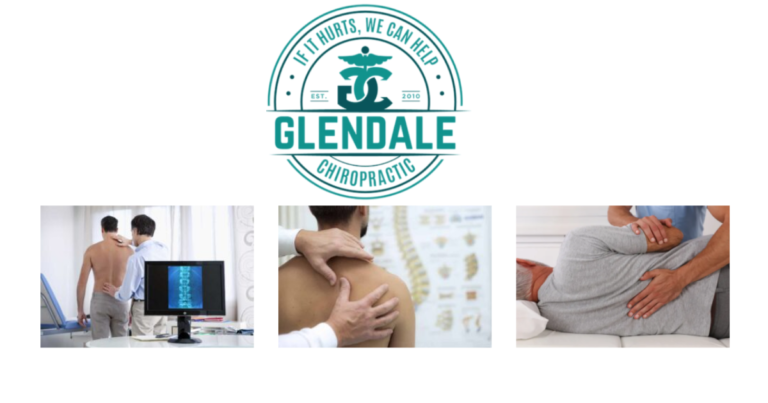Globally, many athletes swear by kinesio tape. And if you’ve watched any kind of sporting event either in person or on television, you’ve likely spotted an athlete or two with brightly colored strips on their arm or leg. You might have even wondered what it was all about; well, that’s kinesio tape, and most back doctors Glendale would agree that it can be a lifesaver for not just athletes suffering from injury, but also anyone else who’s overextended themselves causing pain or injury.
Stabilizes
Ask any back doctor in Glendale and they will explain that kinesio tape works to stabilize the muscles, joints and connective tissue in a region were some type of injury has occurred. There are hundreds of ways that the tape can be applied including I patterns, Y patterns, X patterns and still more. K taping is a skill, and the tape must be adhered to the body in a specific way to realize the many benefits.
Supports
Kinesio tape also works to support injured or overused muscles and promote faster healing without reducing a person’s range of motion. It has been successfully used to support strains and sprains, swelling, bruises, bursitis and arthritis, tendonitis, back pain, muscle imbalance, and weakness. When applied correctly, it works to relieve pain, prevent muscle cramps and spasms, reduce swelling, and increase blood flow in the affected area.
Eases swelling
When applied to the skin, kinesio tape gently lifts the top layers of skin away from the affected area below the surface. This effect allows blood circulation to improve in the area and allows the body to more efficiently drain lymphatic fluid that might be building up in the area as your body works to heal its injuries. Research conducted in 2009 shows k tape to be a very efficient treatment for swelling for these reasons.
Alleviates pain
The lifting action described above also alleviates pain in anyone experiencing an injury from overuse or from an unfortunate event. The lifting action reduces pressure on the affected area under the skin’s surface and signals the body to relieve its own pain-relieving chemicals like endorphins. It also reduces pressure on pain receptors in the region and nerve fibers that might be signaling to the brain that you should be feeling pain for a specific reason.


